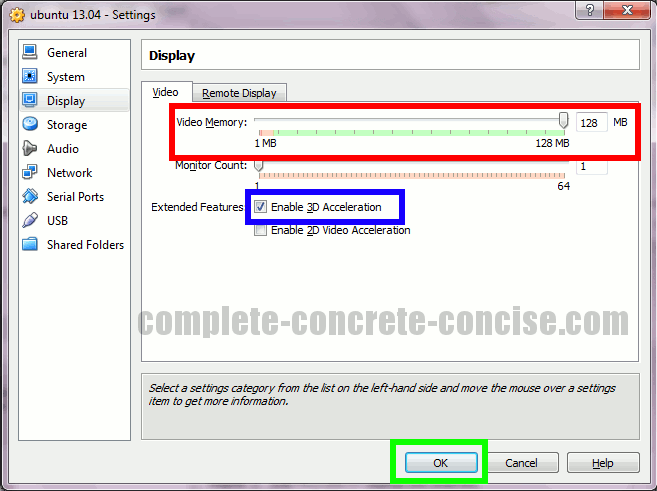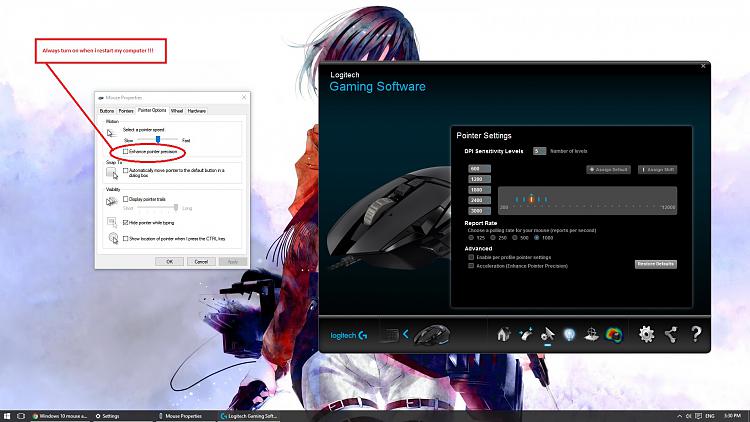

However, the videos stutter on this laptop with these settings. ] I've tried using the instructions below, and then launch the browser with the -use-gl=egl and -disable-features=UseChromeOSDirectVideoDecoder flags on Wayland, on a laptop with Intel graphics, and hardware-accelerated video playback works. Starting with Google Chrome 91 (and other browsers based on Chromium 91), you'll also need to append the -enable-features=VaapiVideoDecoder and -disable-features=UseChromeOSDirectVideoDecoder flags. You can use VA-API on XWayland, using the -use-gl=egl command line flag, but I did not try it. Microsoft Edge - there's not even a chrome://flags/#enable-accelerated-video-decode flag (to enable hardware-accelerated video decode).Vivaldi stable is now version 36, and that does have working hardware-accelerated video decoding Obviously, it should continue to work with versions newer than these (so Google Chrome 89, Brave 1.20, etc.).įor me, hardware-accelerated video decode didn't work using: Vivaldi snapshot 3.6 / The latest Vivaldi stable 3.6 also works.In my test, I was able to get hardware-accelerated video decode to work on Linux using: I don't own a device with AMD graphics to test this. Also tested using a laptop with Intel graphics (10th gen) on Ubuntu 20.04 and 20.10. I tested these instructions using Ubuntu 20.10 desktop with Nvidia graphics, and the web browsers listed below installed using their original Ubuntu packaging (using a DEB package).
#Ubuntu mouse acceleration driver
I'd also like to add that these instructions to enable hardware accelerated video decoding also work on other Linux distributions, and not just Debian / Ubuntu-based Linux distributions, however, the driver names are different. Thus, these instructions may also work for Chromium browser, depending on how it's built. on Ubuntu / Linux Mint there's a PPA with VA-API patched Chromium builds. So Chromium users have had hardware acceleration on Linux for some time, depending on their Linux distribution or if they installed the patched Chromium in some other way. It's worth noting that Chromium web browser had patches that allowed making hardware accelerated video decoding available on Linux for some time, and some Linux distributions packaged it using those patches. Using hardware-accelerated video decode in your web browser should result in using less CPU usage (and thus, less battery draining) when playing online videos.
#Ubuntu mouse acceleration how to
This article explains how to enable hardware-accelerated video decoding in Google Chrome, Brave, Vivaldi and Opera web browsers running on Debian, Ubuntu, Pop!_OS or Linux Mint (Xorg only). Google Chrome is not the only Chromium-based web browser to support hardware acceleration on Linux though. Now what? D:just add it to your ~/.Google Chrome 88 (and newer) has made hardware accelerated video decoding available on Linux, but it's not enabled by default. Xinput set-prop 11 'Device Accel Velocity Scaling' 1 Xinput set-prop 11 'Device Accel Profile' -1 Xinput set-prop 11 'Evdev Middle Button Emulation' 0 I'd like to create a start up script to run this commands. So I have to type this twice, one for id 10 and another for id 11. Idk why, but xinput gave my Razer Imperator 2 ids. Helps a lot, but the sensitivity still quite high. Xinput set-prop 10 'Device Accel Velocity Scaling' 1 Xinput set-prop 10 'Device Accel Profile' -1 Xinput set-prop 10 'Evdev Middle Button Emulation' 0 I move it a inch and the cursor flew through the screen.

I'm using a Razer Imperator, and it's quite hard to use it here. The most annoying one is related to mouse acceleration/sensitivity. Only linux.Īnd as all newbies/windows 8 I'm having some silly adaptation issues. So, uh, sorry about my grammar mistakes.Īnyway, heres the thing: i finally decided to man up and use linux. Before anything, I'd like to say that english is not my main language.


 0 kommentar(er)
0 kommentar(er)
